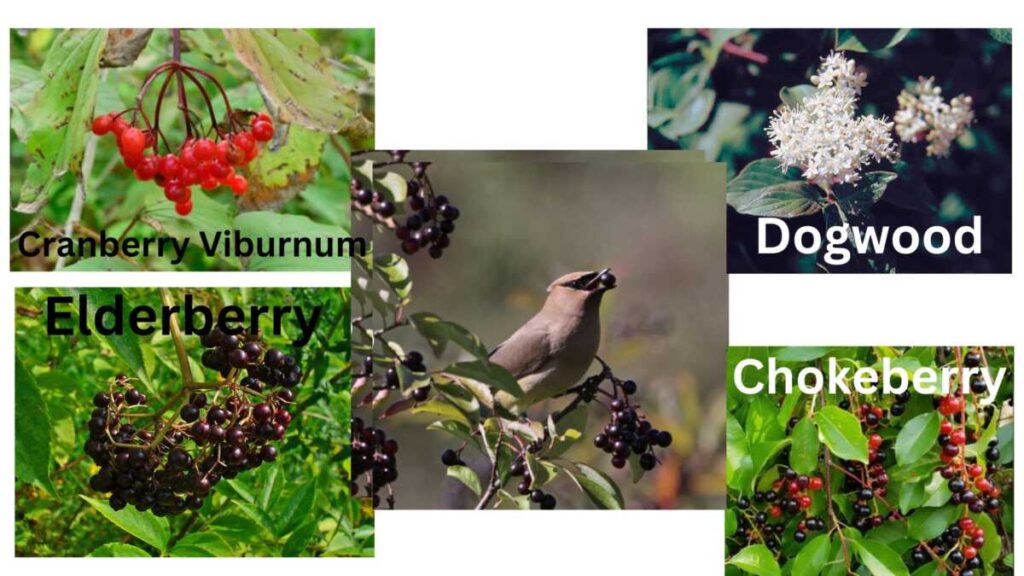The Importance of Native Plants for Enhancing Deer Habitat
Why Native Plants?
Native plants play a vital role in enhancing deer habitat. Not only do they provide a source of food for deer, but they also offer shelter and protection from predators. In this article, we will discuss the importance of native plants in deer habitats and how you can encourage them to grow on your land.
Native plants are indigenous to the area in which they grow. They have adapted to the local environment and climate over time, so they are well-suited to thrive in their native habitat. In contrast, non-native or invasive plants can disrupt the delicate balance of the ecosystem, and even harm wildlife by crowding out native plants and reducing biodiversity.
I have often watched deer move through an expensive, manicured food plot to reach a patch of weeds growing along the edge. Deer know where the nutrients are and what plants are the most palatable at any given time.
The Benefits of Native Plants for Deer Habitat
In deer habitats, native plants can offer numerous benefits. They provide a natural food source for deer, with nutritious foliage, seeds, nuts, and fruits. Some favorite native deer plants include oak, hickory, and persimmon trees, as well as blackberry bushes, clover, and wildflowers such as aster, goldenrod, and milkweed. These plants not only provide nourishment for deer, but they also attract pollinators and other wildlife.
Native plants can also help provide cover and shelter for deer. Brushy areas with dense foliage, such as shrubs, thickets, and grassy meadows, can offer deer protection from predators and harsh weather conditions. These areas can also serve as breeding and fawning grounds, providing a safe space for newborn fawns.
How to Encourage Native Plants on Your Land
To encourage native plants on your land, there are several steps you can take. First, identify the native plants and trees that are already growing on your property. This can help you determine which areas could benefit from additional native plantings. You can also consult with local conservation organizations or nurseries to learn which native plants are best suited for your region.
Once you have identified which native plants you would like to introduce to your land, there are several methods for encouraging their growth. One option is to plant seedlings or saplings, ideally in the early spring or fall. This can help the plant establish a strong root system before the summer heat or winter cold sets in.
Another option is to use natural methods to promote growth, such as mulching or controlled burns. Mulching can help retain moisture in the soil and reduce competition from other plants, while controlled burns can promote new growth by clearing out dead or excess vegetation.

List of Native Plants That Deer Love
Encouraging Native Browse
• Native plants are important and can be established when there are none in forest openings and
in tilled up plots.
• Natives and are adapted to your local climate and soil conditions and have evolved with deer in
the landscape and can put up with bring abused by deer
• Keep in mind that deer lived on native plants for a millennia before we planted introduced ag
crops we feed them today
Here is a list of Native forbs, vines and shrubs you may find on your land or in your region that deer
like to feed on. Learn to identify these plants and encourage them by planting, eliminating invasives
around them and propagating by cuttings (dogwoods). Simply using Rx burning will often bring these
plants forth from the seed bank in the soil.
Once established, keep them by eliminating competition
Ragweed
Sunflower
Pokeweed
Boneset
Trumpet Creeper
Beggarticks
Greenbriar
Blackberry
Alabama Supplejack
Poison Ivy
Grapevine
Honeysuckle vine
Beautyberry
Dogwoods
Viburnums
American Plum
American Persimmon
Hazelnut
Hawthorne/crabapple
Mulberry
You can wok on old fields by simply observing what deer are feeding on by looking for browse
activity. Use some glyphosate on plants they don’t eat and you will get more of what the do eat
Other Deer Habitat Considerations
In addition to promoting the growth of native plants, it is important to manage your land in a way that benefits wildlife. This may include creating brush piles or fallen tree trunks as cover for deer and other animals. It may also involve reducing or eliminating the use of pesticides or other chemicals that can harm native plants and wildlife.
Overall, the importance of native plants in enhancing deer habitat cannot be overstated. By promoting the growth of native plants on your land, you can help provide a healthy and sustainable habitat for deer and other wildlife, while also supporting the overall health of the ecosystem.

